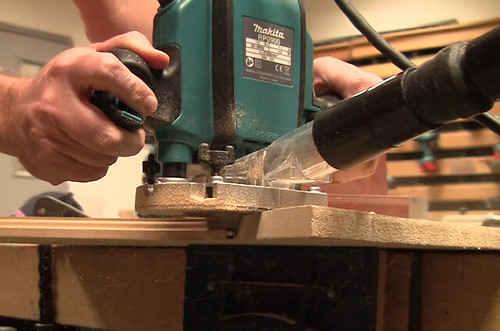 AC gear motors are designed to have a lot of force, or torque, while operating at low speeds. They have an output of 1,200 to 3,600 revolutions per minute, or RPMs, and use the power of a magnetic field. Examples of items that use gear motors include cranes, power tools, garage doors openers and small appliances, such as electric can openers.
AC gear motors are designed to have a lot of force, or torque, while operating at low speeds. They have an output of 1,200 to 3,600 revolutions per minute, or RPMs, and use the power of a magnetic field. Examples of items that use gear motors include cranes, power tools, garage doors openers and small appliances, such as electric can openers.
How AC Gear Motors Work
An AC gear motor uses primary and secondary windings, or magnets. The primary winding receives energy when it’s attached to an electric outlet. Through a phenomenon known as induction, the secondary winding receives power from the primary winding without touching it.
When you combine an AC gear motor with a series of gears or a gearbox, a gear motor reduces the speed of the gears and creates torque. When using a gearbox, a reduction shaft connects it to the main shaft and motor rotor, or armature. The rotor is the rotating part of a motor. The reduction shaft also uses reduction gears that connect to the gearbox or series of gears. The more reduction gears present, the lower the output of the final gear.
A gear motor’s stator is the housing that contains coils on a motor’s exterior. It creates a stationary magnetic field. The winding, or coils, in a gear motor are insulated wires around a motor’s core that receive or create electromagnetic energy.
An example of an AC motor in work is an electric clock with hands. AC gear motor can spin the clock’s rotor at up to 1,500 RPMs. By adding a series of reduction gears, the clock’s hands move at a slower pace.
There are a handful of AC gear motors, including induction, universal, synchronous and shaded-pole motors. The experts at Sinotech can help you choose the correct one for your application. Contact Sinotech today to learn more.
[Photo by Mark Hunter via CC License]